Youthful Decadence - by Casey Childs (Oil on Linen)(2019) ( lemmy.world )


Hand-carved and printed linocut on certain fundamental principles of quantum physics and the double slit experiment (vertical central part) all mixed with abstract elements. all forming a graphically coherent and SF-inspired whole
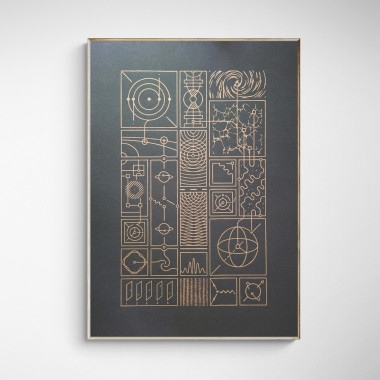

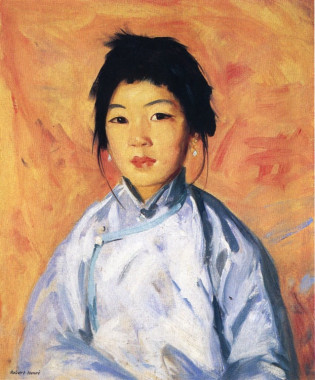

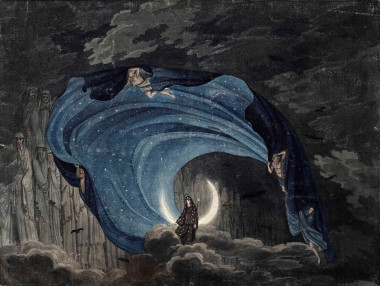
Let’s begin with the obvious: Duchamp’s Fountain really was a urinal. Not a painting or sculpture of a urinoir – though the latter might raise interesting philosophical questions – but the real thing, a token of a particular type – there were many visually indistinguishable urinals that came off the same production...



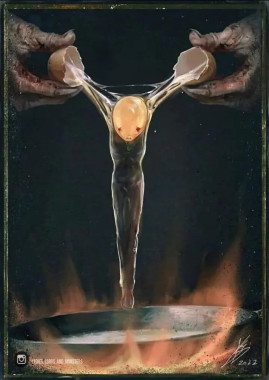

The use of blue glaze on pottery is an imported technique, first developed by Mongol artisans who combined Chinese glazing technology with Persian decorative arts. This technique traveled east to India with early Turkic conquests in the 14th century. During its infancy, it was used to make tiles to decorate mosques, tombs and...


Tobias Verhaecht (1561–1631) was a painter from Antwerp in the Duchy of Brabant who primarily painted landscapes. His style was indebted to the mannerist world landscape developed by artists like Joachim Patinir and Pieter Bruegel the Elder. He was the first teacher of Pieter Paul Rubens.

The original page 13 of the Codex Borbonicus, showing the 13th trecena of the Aztec sacred calendar. This 13th trecena was under the auspices of the goddess Tlazolteotl, who is shown on the upper left wearing a flayed skin, giving birth to Cinteotl. The 13 day-signs of this trecena, starting with 1 Earthquake, 2 Flint/Knife, 3...






Le Roman de la Rose (The Romance of the Rose) is a medieval poem written in Old French and presented as an allegorical dream vision. As poetry, The Romance of the Rose is a notable instance of courtly literature, purporting to provide a "mirror of love" in which the whole art of romantic love is disclosed. Its two authors...


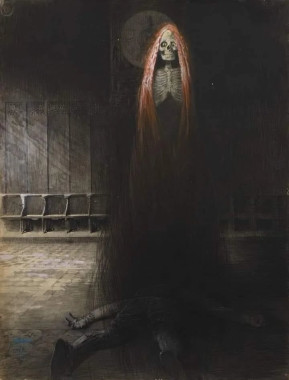

Lear's illustrations were produced using lithography, in which artists copied their paintings onto a fine-textured limestone slab using a special waxy crayon. The block was then treated with nitric acid and gum arabic to etch away the parts of the stone not protected by the wax. The etched surface was wetted before adding an...
